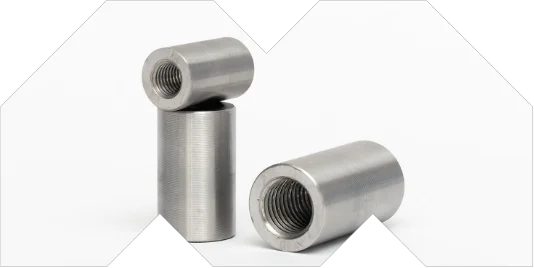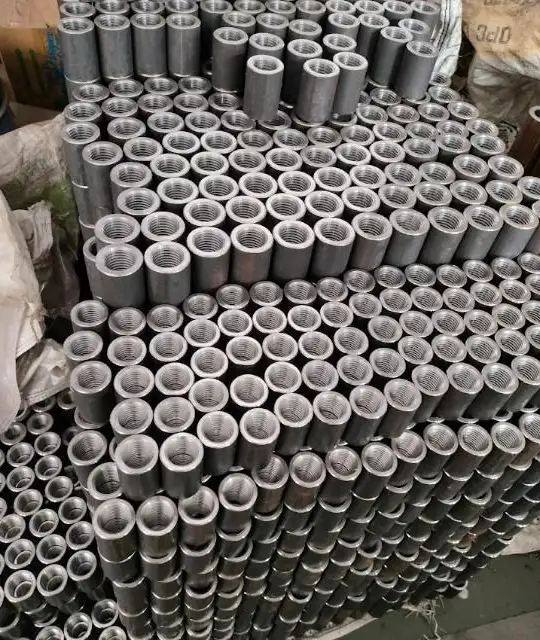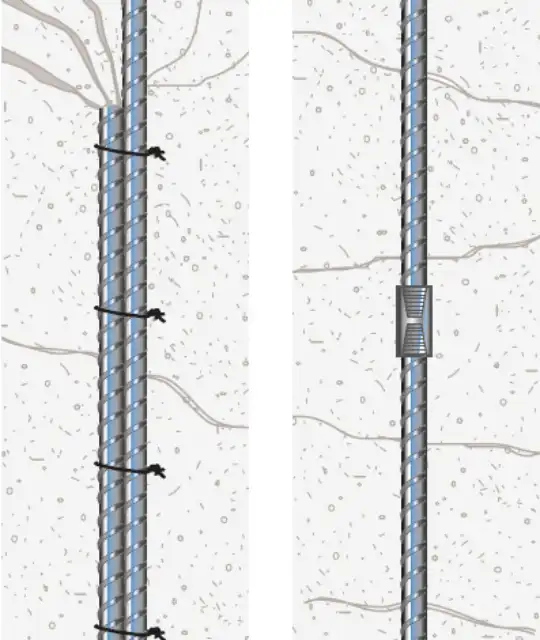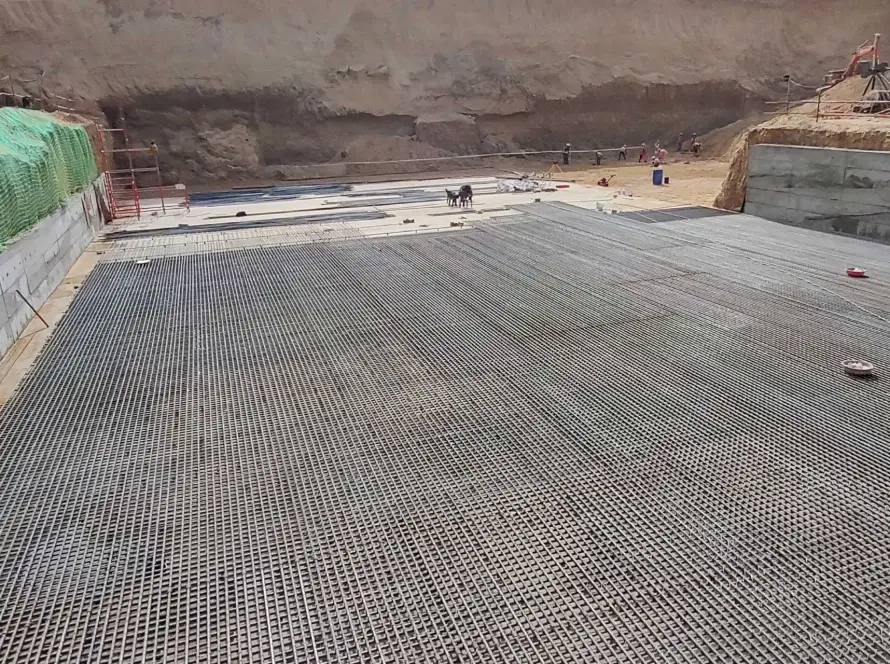In the realm of construction, the integration of innovative technologies and techniques plays a pivotal role in improving efficiency, structural integrity, and overall project timelines. Among these advancements, the utilization of rebar couplers stands out as a game-changer in reinforcing concrete structures. These couplers offer an array of advantages, revolutionizing the construction industry by simplifying processes and enhancing structural performance.

Understanding Rebar Couplers:
Rebar couplers are mechanical connectors used to join reinforcing bars (rebars) without lapped splices. These connectors provide a strong, reliable, and efficient alternative to conventional lap splicing, allowing for quicker and more precise construction.


Advantages of Rebar Couplers:
- Time and Labor Efficiency:
One of the primary advantages of rebar couplers is the significant time-saving they offer. Traditional lap splicing methods require extensive labor and time for cutting, overlapping, and securing rebars. In contrast, couplers facilitate quick connections, reducing construction time and labor costs.
- Enhanced Structural Integrity:
Rebar couplers provide uniform load transfer, ensuring a continuous path for structural reinforcement. This uniformity minimizes stress concentrations at spliced joints, enhancing the overall structural integrity and durability of the concrete structure.
- Cost-effectiveness:
While initial investments in rebar couplers may seem higher than traditional methods, their long-term cost-effectiveness cannot be overlooked. Reduced labor costs, faster construction timelines, and increased structural longevity make couplers a cost-efficient choice in the construction process.
- Minimized On-site Bar Fabrication:
Couplers eliminate the need for complex on-site bar fabrication, reducing the risk of errors in cutting, bending, and placing rebars. This simplification streamlines construction procedures, minimizing material wastage and enhancing accuracy.

